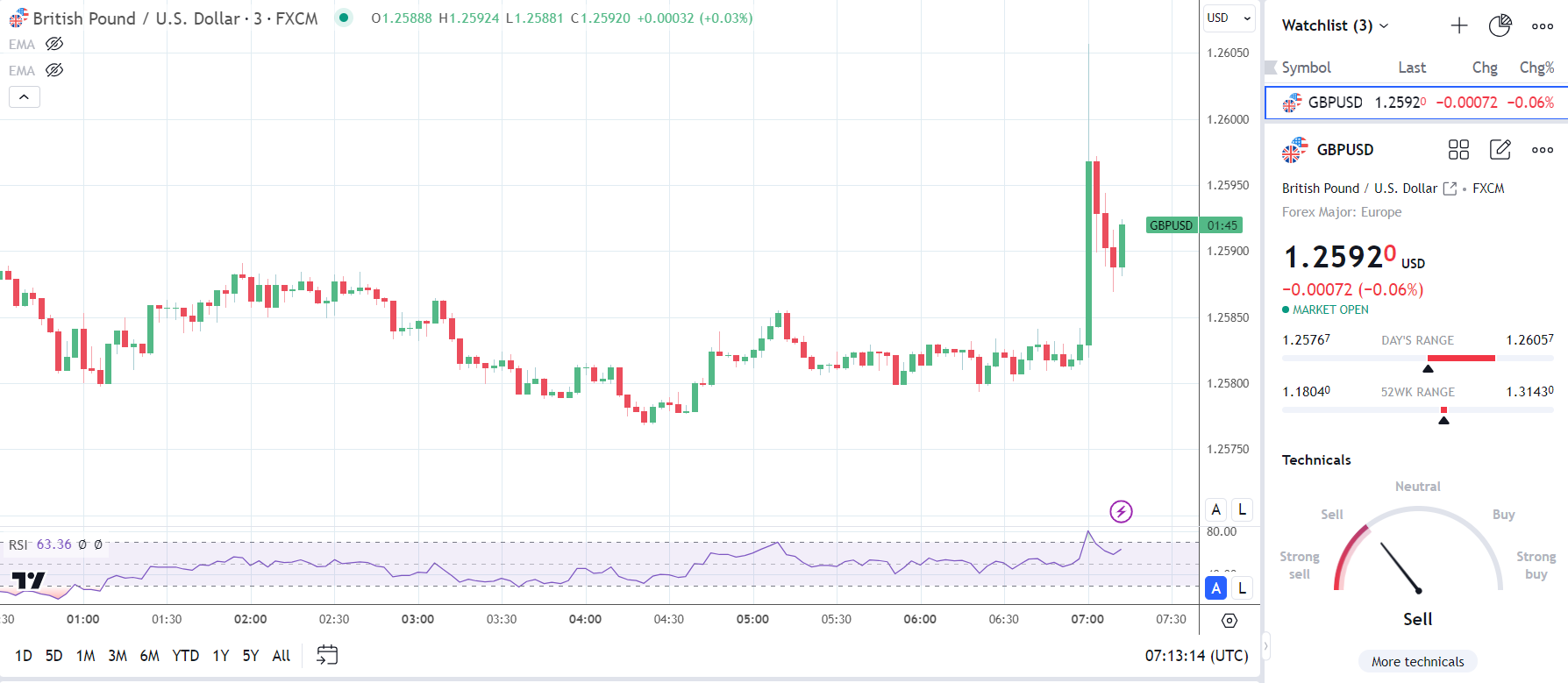
The UK retail sales figures are providing conflicting signals for the Bank of England to interpret. While lower inflation might not be sufficient to prompt discussions about cutting interest rates.
In January 2024, the UK economy experienced a notable uptick in retail sales, marking a significant turnaround from the previous month. While December saw a decline of 3.3%, January witnessed a robust surge of 3.4%, surpassing economists' expectations of a 1.5% increase.
Food store sales volumes rebounded strongly, rising by 3.4% in January after a decline of 3.1% in December. Similarly, non-food store sales saw a positive momentum, increasing by 3.0% following a 3.9% slump in December. Notably, department store and other non-food store sales saw substantial gains, climbing by 5.4% and 6.2%, respectively. Automotive fuel sales also experienced a notable increase of 5.4% month-on-month.
Despite the January rebound, the three-month comparison up to January showed a slight decline of 0.2% compared to the preceding three months. Year-on-year, retail sales saw a modest increase of 0.7%, yet remained 1.3% below pre-pandemic levels recorded in February 2020.
The resurgence in UK retail sales may influence discussions within the Bank of England regarding potential interest rate adjustments. A sustained uptrend in consumer spending could potentially fuel demand-driven inflation. Moreover, the unexpected decrease in the UK unemployment rate to 3.8% in December suggests tightening labor market conditions, which could further support wage growth, a significant consideration for the Bank of England in addressing inflationary pressures.
Prior to the release of the UK retail sales report, the GBP/USD pair demonstrated a fluctuating pattern, reaching a peak of $1.26050 before declining to $1.25767. Subsequently, following the announcement of retail sales figures, the GBP/USD pair initially dropped to $1.25819 before rebounding to a high of $1.26057. By the end of the trading day, the GBP/USD was down marginally by 0.06% to $1.25920.

160224 GBPUSD 3 Minute Chart
Looking ahead, investors are likely to focus on key economic indicators from the United States, including producer prices and the Michigan Consumer Sentiment Index. Any upward movements in producer prices may signal a potential uptick in demand-driven inflation. Economists anticipate a marginal increase of 0.1% in producer prices for January. Additionally, a rise in consumer confidence could signify a positive trend in consumer spending, potentially influencing the Federal Reserve's rate path to manage inflationary pressures. FOMC member speeches, notably from Michael Barr and Mary Daly, will also be closely monitored for insights into the Fed's stance on interest rate adjustments, which could impact market expectations regarding a potential rate cut in the first half of 2024.

Subscribe to our daily newsletter and get the best forex trading information and markets status updates
Trade within minutes!
Comment (0)